Introduction: In the ever-evolving realm of healthcare, 3D printing has emerged as a powerful ally, empowering doctors with unprecedented precision and versatility. This transformative technology is not only enhancing patient care but also revolutionizing medical procedures and diagnostics. In this article, we will explore how 3D printing is empowering doctors to achieve new levels of precision and innovation in their practice.
- Customized Patient Care: One of the most significant advantages of 3D printing in healthcare is its ability to provide customized patient care. Traditional medical solutions often adopt a one-size-fits-all approach, but 3D printing allows doctors to create personalized implants, prosthetics, and medical devices tailored to each patient’s unique anatomy. This level of customization enhances patient comfort and improves treatment outcomes.
- Precision in Surgical Planning: 3D printing has revolutionized surgical planning by providing doctors with highly detailed, patient-specific anatomical models. Surgeons can use these models to meticulously plan and practice complex procedures, reducing the margin for error and improving surgical outcomes. The ability to simulate surgeries beforehand contributes to shorter recovery times and increased patient safety.
- Enhanced Medical Education: Medical education has also evolved with the integration of 3D printing. Medical schools and training programs can now produce lifelike anatomical models that replicate human organs and structures with exceptional accuracy. This hands-on approach allows medical students and professionals to gain valuable experience, refine their skills, and stay up-to-date with the latest medical advancements.
- Accelerated Research and Innovation: 3D printing expedites the research and development process in healthcare. Researchers can rapidly prototype and test medical devices, pharmaceuticals, and treatment methods, leading to faster innovation. This agility is particularly crucial in addressing emerging health challenges and pandemics, where timely solutions are paramount.
- Dental Precision: Dentistry has seen a significant transformation thanks to 3D printing technology. Dentists can now create highly accurate dental implants, crowns, and orthodontic devices tailored to each patient’s unique oral anatomy. This precision not only improves treatment outcomes but also enhances the overall patient experience.
- Biofabrication and Organ Printing: The future of 3D printing in medicine holds the promise of biofabrication and organ printing. Researchers are actively working on creating functional human tissues and organs through 3D printing. Although this field is still in its infancy, it offers hope for addressing organ shortages and redefining transplantation procedures.
- Cost-Effective Solutions: 3D printing has the potential to reduce healthcare costs by minimizing the need for expensive revisions and replacements. Customized medical solutions often result in long-term cost savings. Additionally, 3D printing’s adaptability and accessibility make it a valuable tool for providing medical solutions in remote and underserved areas, improving healthcare access.
- Telemedicine and Remote Consultations: The synergy between 3D printing and telemedicine is also playing a significant role in empowering doctors. Telemedicine has gained momentum as a means of remote healthcare delivery, enabling doctors to reach patients across geographical barriers. 3D printing adds another layer of value to telemedicine by allowing doctors to remotely design and fabricate customized medical devices or implants, providing patients with efficient and personalized care even from a distance.
- Ethical and Regulatory Considerations: As 3D printing becomes increasingly integrated into medical practice, addressing ethical and regulatory considerations is paramount. Ensuring the safety, quality, and ethical use of 3D-printed medical products is essential to maintaining trust in the healthcare system. Regulatory bodies and healthcare institutions must continue to adapt and refine standards to keep pace with the rapidly advancing technology.
- Expanding Possibilities: Looking forward, the potential of 3D printing in medicine is boundless. Researchers are exploring innovative applications such as printing complex vascular networks within tissues and developing biocompatible materials for advanced medical solutions. These advancements hold the promise of addressing some of the most challenging medical conditions and providing new avenues for treatment.



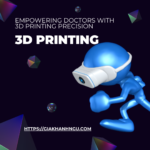
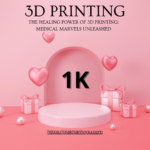







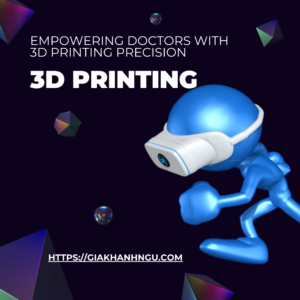
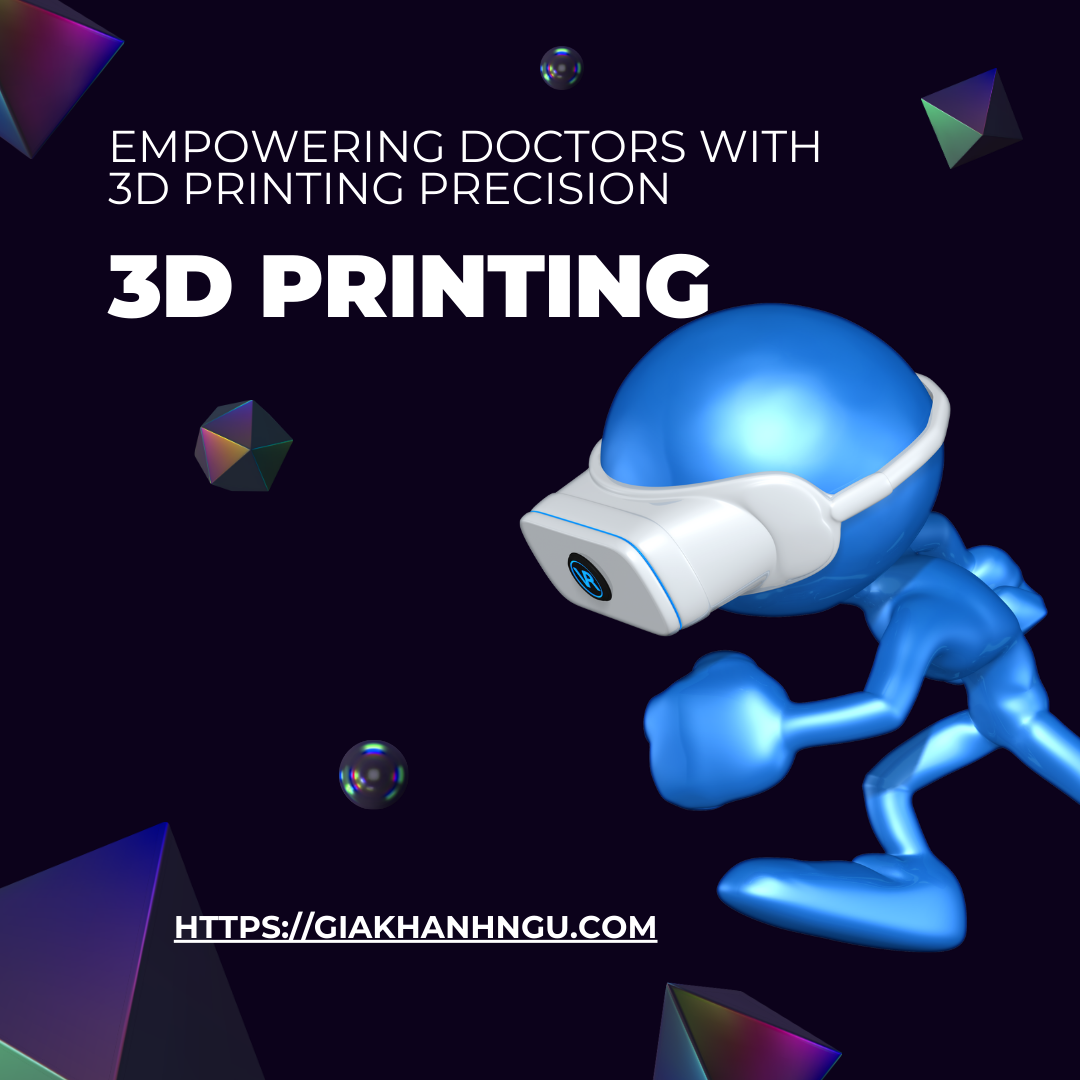
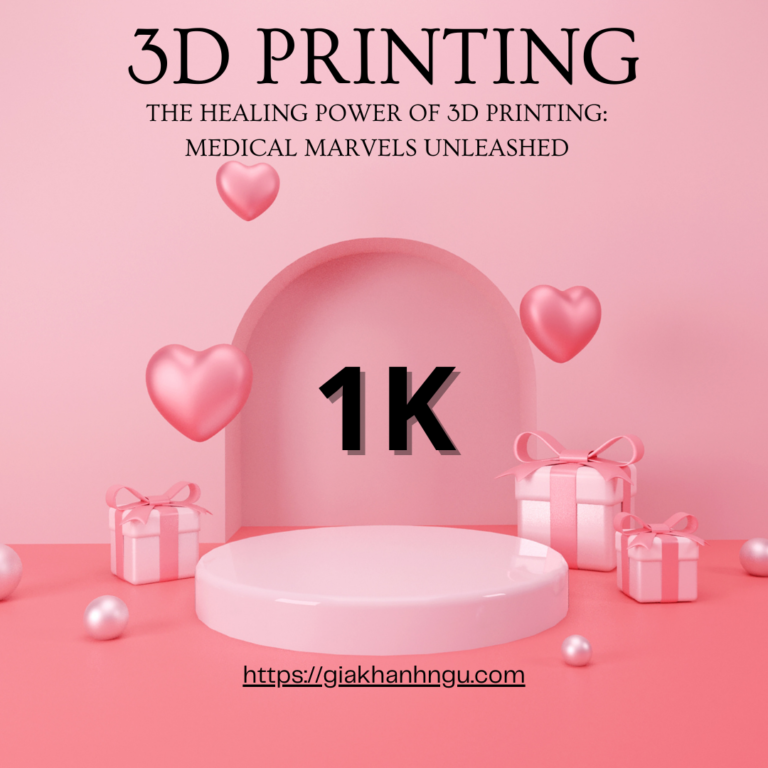



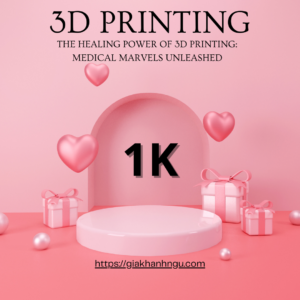
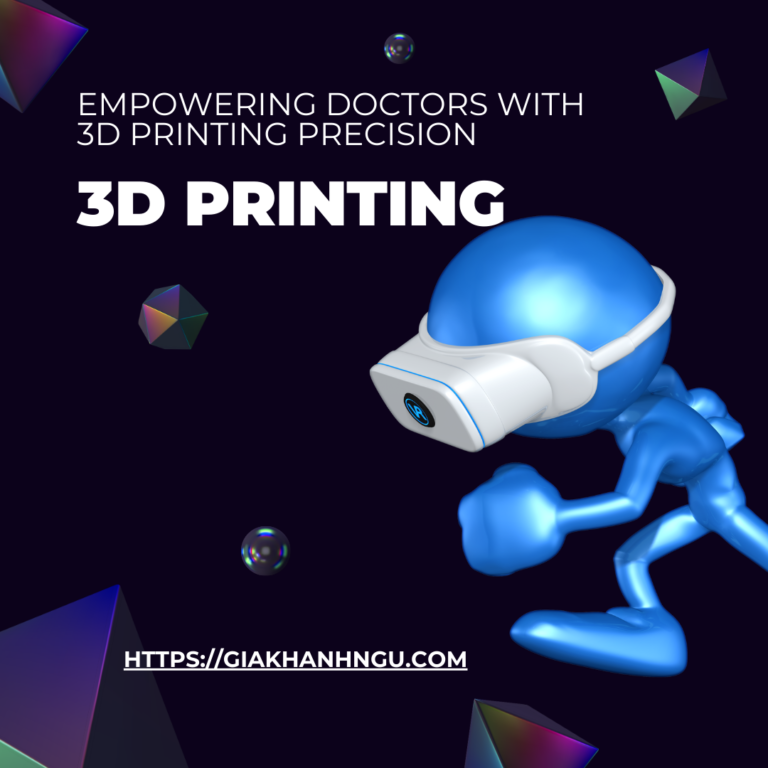



+ There are no comments
Add yours